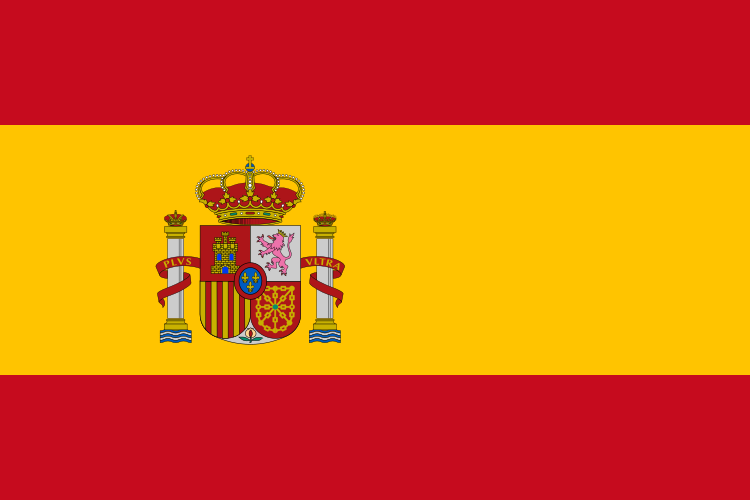At the risk of sounding like a pretentious ass and making you all hate me, I'm finding the use of complex flags like these really frustrating, as historical basis for this kind of thing doesn’t exist.
Historically, Vexilloids, the ancestors to flags, served as battlefield pennants, either to transmit information (tactics, strategies, etc,) or to serve as identification. The Roman Empire, for example, used very simple (monochromatic, red, IIRC,) standards to identify individual legions on the battlefield, but not to represent the Empire as a whole, while the Sarmations (and later some roman legions) used pretty
cool looking dragon standards, which really were more of a dragon head with a big red windsock attached to the back which whistled and were intimidating. In no cases in Europe are there national flags, much less tri-color banners with complex symbology on them.
What we do see in the middle ages, with the advent of knights and the feudal system (Which incidentally doesn't yet exist in this game, per say, and probably won't in any recognizable form without the carolingian empire) are heraldic symbols painted on shields. Naturally, that didn't come out of the blue, but the important thing to remember here is that heraldic symbols, coat of arms, were meant to represent individuals, not nations. It's also REALLY important to remember that the concept of Nation States didn't really exist. What existed in the middle ages, especially in the early middle ages, was a complex network of oaths and allegiances and dejure ownership of land, but really, the "Kingdom" really existed in a fluid state. (I realize that some medieval art (tapestry of bayeaux) shows flags, but those are similar to the roman flags, in that they were used to represent different parts of an army and to make an army look more impressive and imposing.)
Heraldry itself followed a complex set of rules and laws, with the borders and symbols one could use heavily dependant on one’s rank and social status, but what’s really interesting is that one’s coat of arms was a personal thing that wasn’t inherited. Sure, your kids would probably end up with one based on your own if they liked you or envied you, but it’d be different, and designed probably by your them. Women certainly didn’t have coat of arms, nor did cities, stats. Even by the time of William the Conquerer, heraldry belonged to the individual and not the dynasty. By the mid 12th century, coat of arms began to be inherited, which is one of the origins to the modern state flag - Even then, the first recorded case of what we'd recognize as a coat of arms is only in 1151, in the case of Geoffrey V, count of Anjou.
In the High middle ages, Knights began to have their coat of arms sewn into banners and strapped them to their back (known as standards - Interestingly the allowed length of the standard depended on your rank: 21 feet long to 10 feet long in Scotland), so as to remain recognizable even when the shield was hidden. At about the same time, the rules behind heraldry began to formalize, and rules to combine coat of arms, making highly complex the previously simple system of symbols. As an example, take a look at the flag of spain, which bears symbols descendant of the pennant of the catholic monarchs when Castille and Aragon united, which itself bears the coat of arms of at least 4 different families.
The earliest “national,” and I really am wary of using this word, flags was that of denmark. The tricolor, which many modern flags are based on, originates in the 16th century, Though it’s origins (in the arrangement of the colors) can be traced to the 9th century.
Even then, it was only in the 17th century, well into the age of sail, that national flags became a thing. It became customary, and then a legal necessity (as piracy grew and colonization became a concern) for ships to bear a banner indicating their nationality. Many of these symbols eventually became country flags, most of which were adorned with the coat of arms of the ruling family.
So, as a closing statement, flags are modern and really shouldn't exist in this game so far. Even a coat of arms is pushing it, historically. A boar’s head on a stick, fine, or a carved wooden staff, sure, and maybe a strip of dyed cloth if you want to be fancy.
NOTE: I"m really only talking about Europe, here. I have no idea of the history of flags in, like, persia or east asia.










